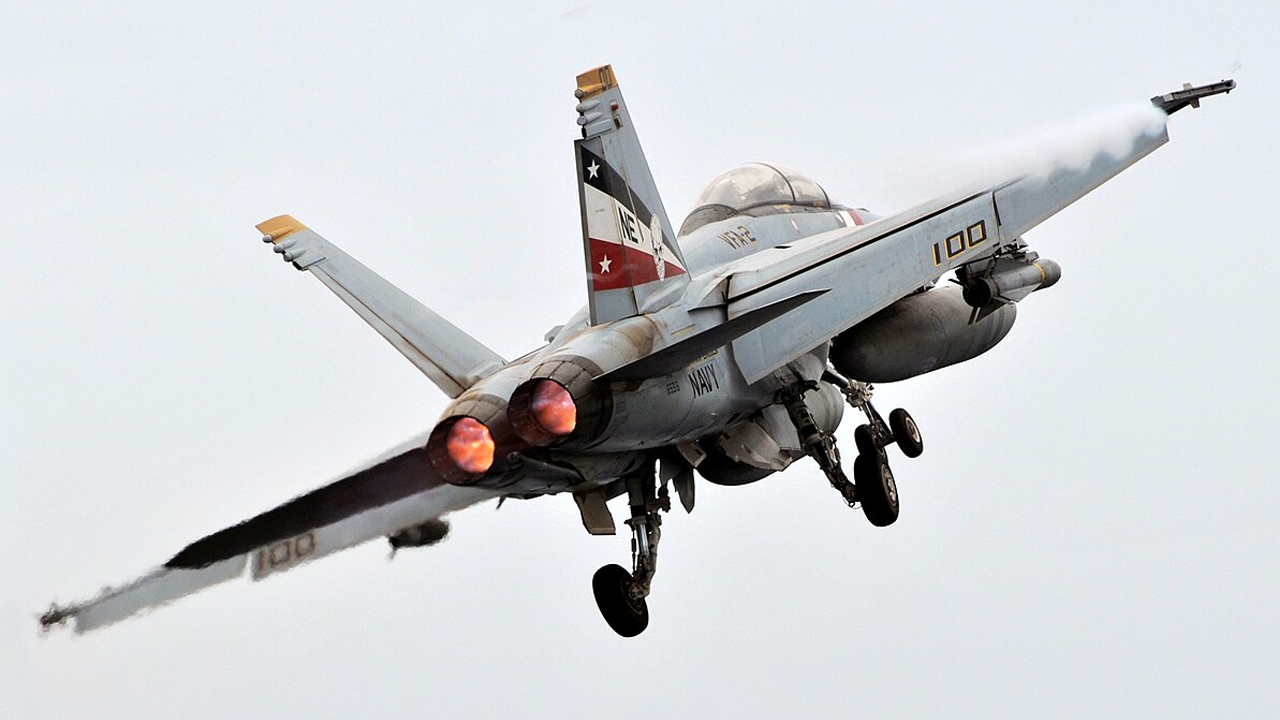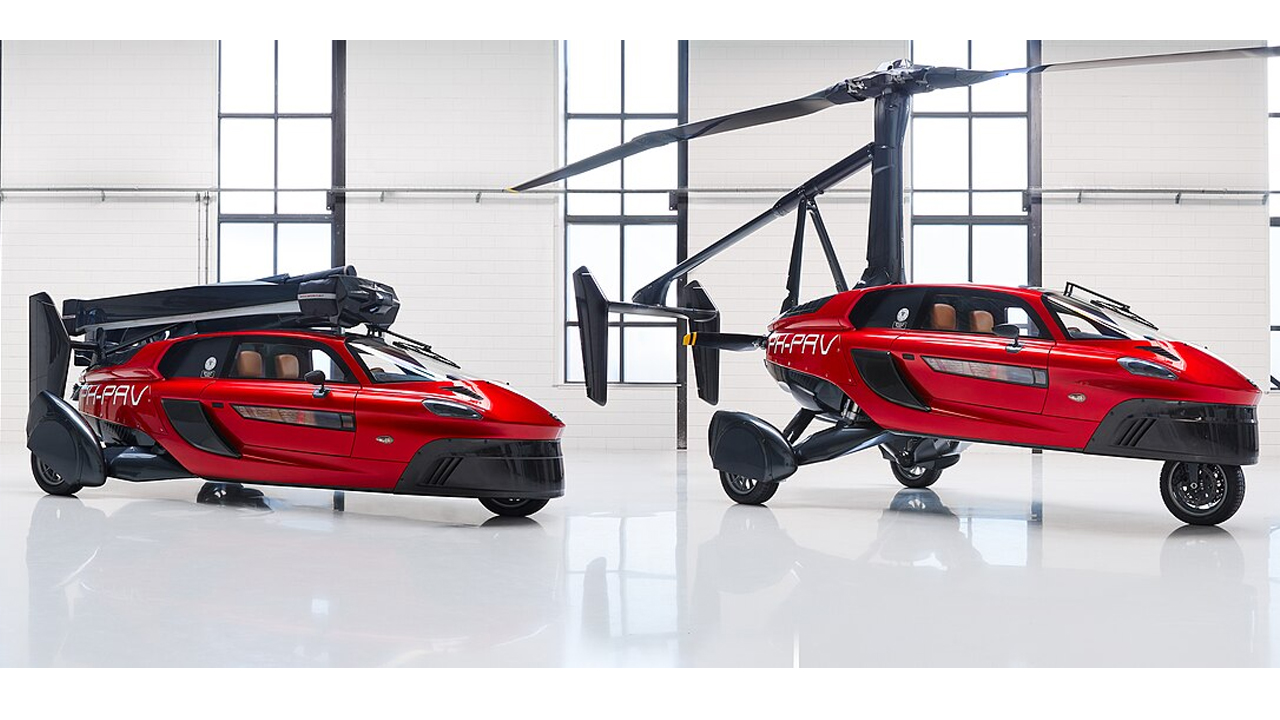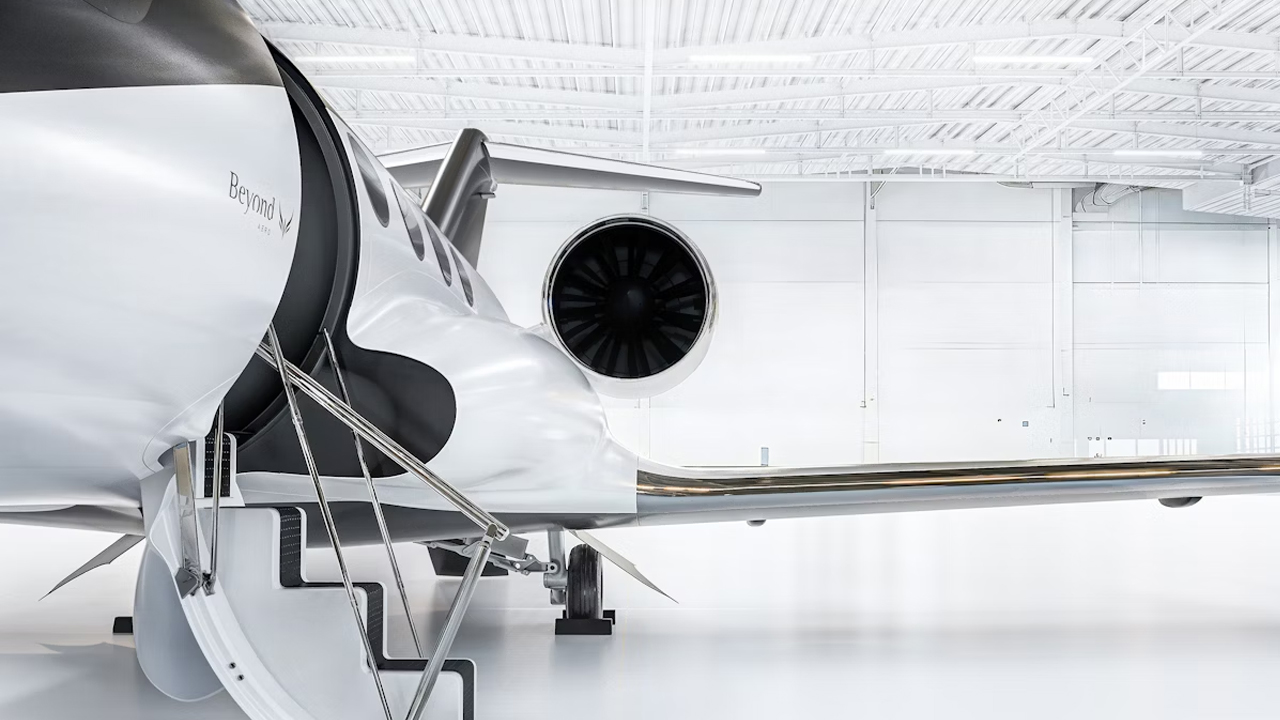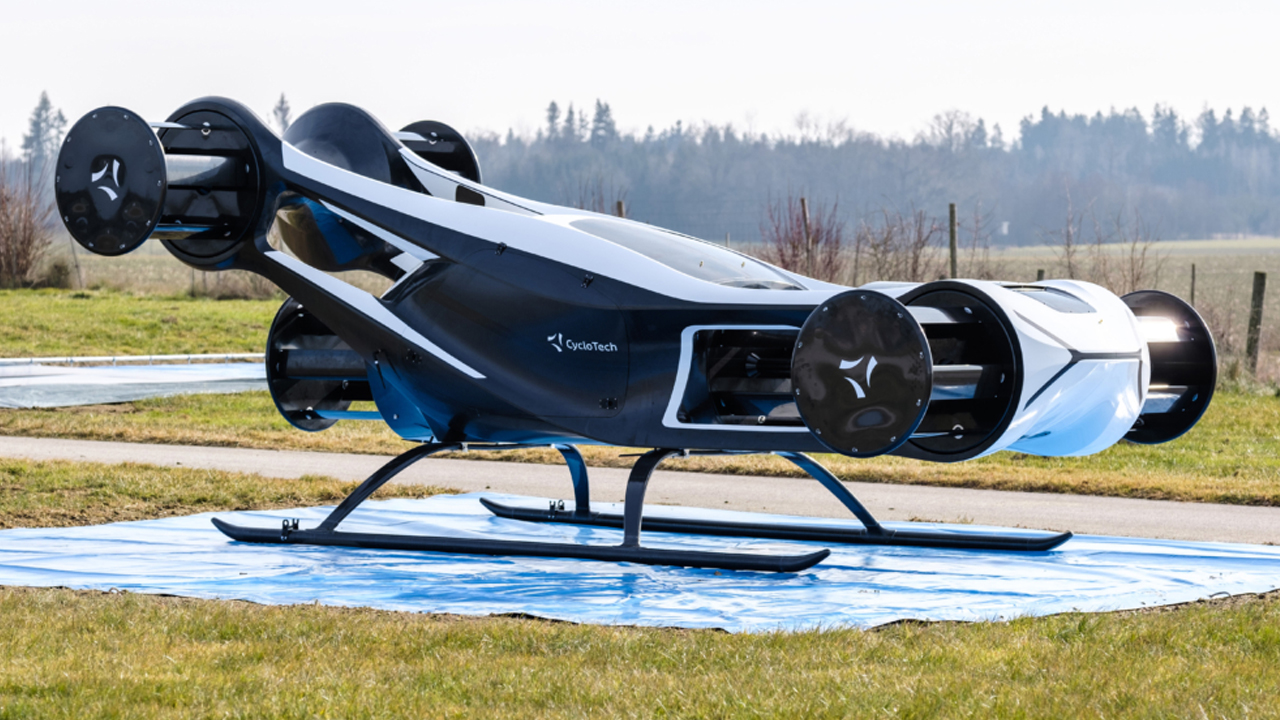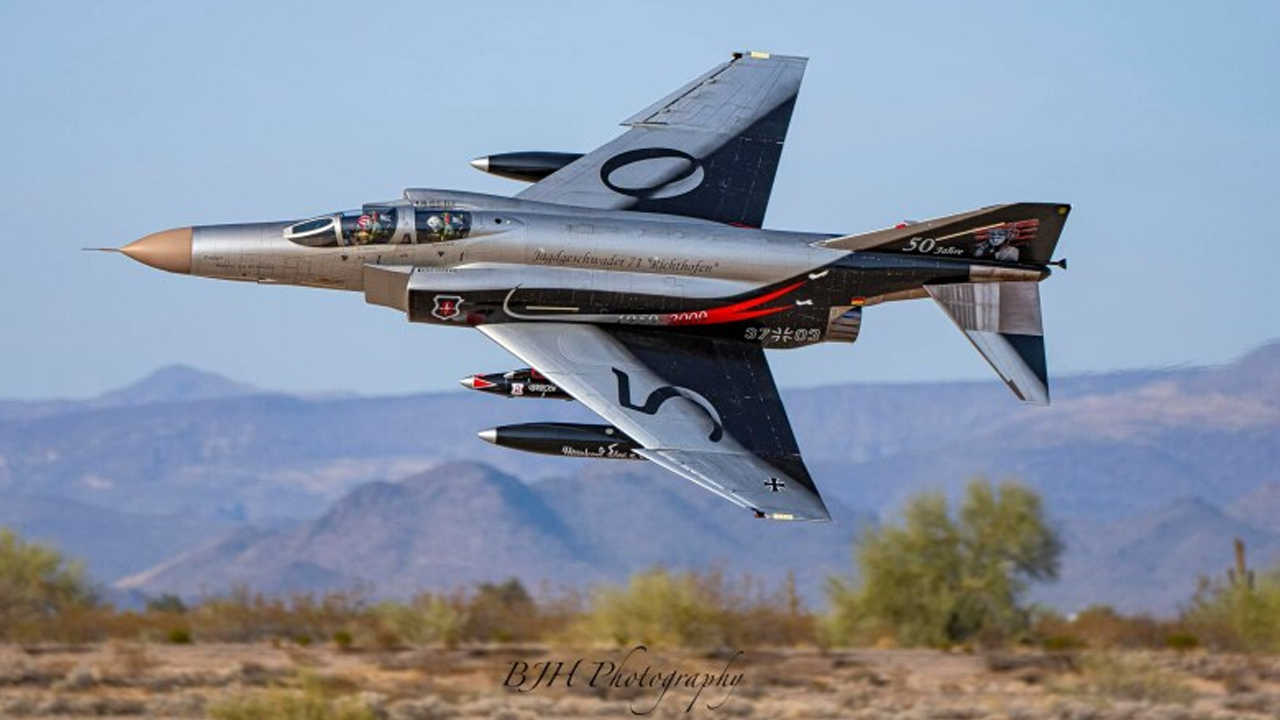The F/A-18 Super Hornet Block III is a serious step forward for naval aviation. With extended range, smarter avionics, better survivability, and more flexibility across mission types, it gives the U.S. Navy a lot more to work with. It’s not about flashy tech—it’s about practical, battle-ready improvements that keep this aircraft in the fight longer, stronger, and smarter than ever before.
Extended Range with Conformal Fuel Tanks

The Block III Super Hornet features conformal fuel tanks (CFTs) that increase its fuel capacity by around 3,500 pounds without major aerodynamic penalties. These tanks sit snug along the fuselage, helping reduce drag compared to older underwing tanks. That means the Super Hornet can fly farther without needing to refuel mid-mission—pretty critical when you’re out in the middle of nowhere.
This extra range comes in especially handy in places like the Indo-Pacific, where everything is spread out. More fuel on board means more time in the air, more targets reached, and more flexibility for naval ops that don’t have constant tanker support nearby.
Advanced Avionics and Networking Capabilities
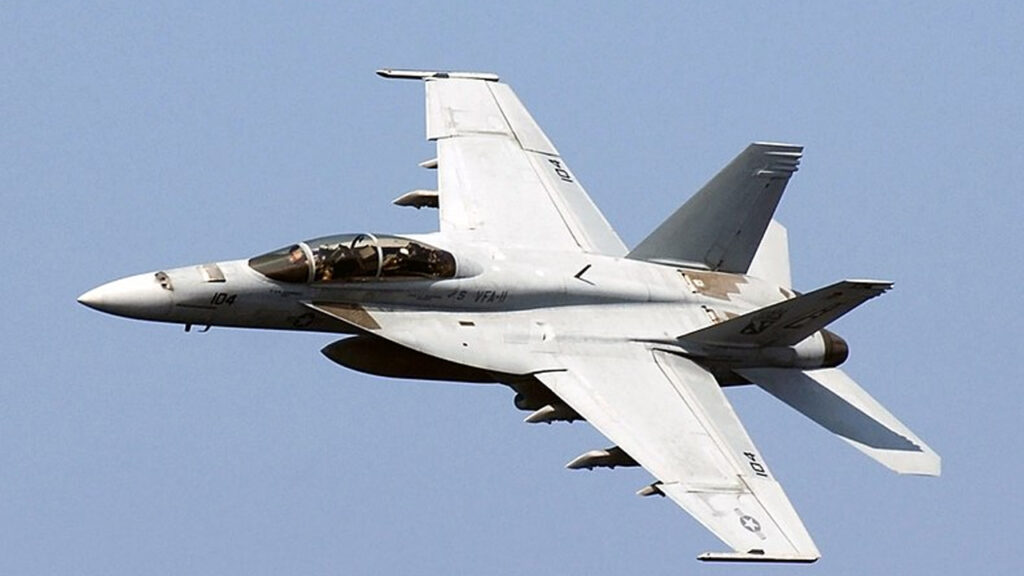
The Block III’s cockpit overhaul is a big deal. It swaps the old multi-display setup for a slick 10×19-inch touchscreen called the Advanced Cockpit System. It pulls everything into one place—flight data, weapons systems, mission info—making it easier for pilots to manage complex missions without information overload. Situational awareness jumps significantly.
On top of that, it comes with Tactical Targeting Network Technology (TTNT), letting jets and command centers share data in real time. That live, secure communication is key for working as a team and reacting fast when conditions change mid-flight.
Enhanced Survivability and Stealth Features
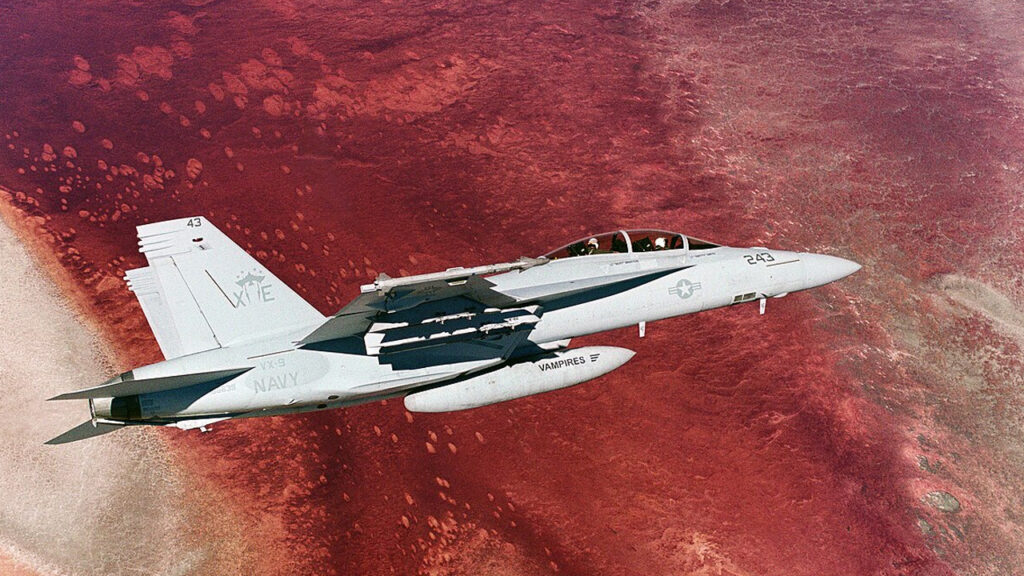
Even though it’s not a stealth jet, the Block III makes a few smart moves to be harder to spot. Minor design tweaks reduce its radar cross-section just enough to help it slip past enemy detection longer. It’s not invisible, but it’s definitely harder to catch. That gives it an edge in areas with advanced radar coverage. Experts agree these updates make a real difference in contested airspace.
It also uses the AN/APG-79 AESA radar, which gives pilots way more range and clarity when tracking threats. That system can scan, track, and lock targets fast while resisting jamming attempts—so even when things get noisy, the Super Hornet stays sharp.
Increased Service Life and Cost-Effectiveness
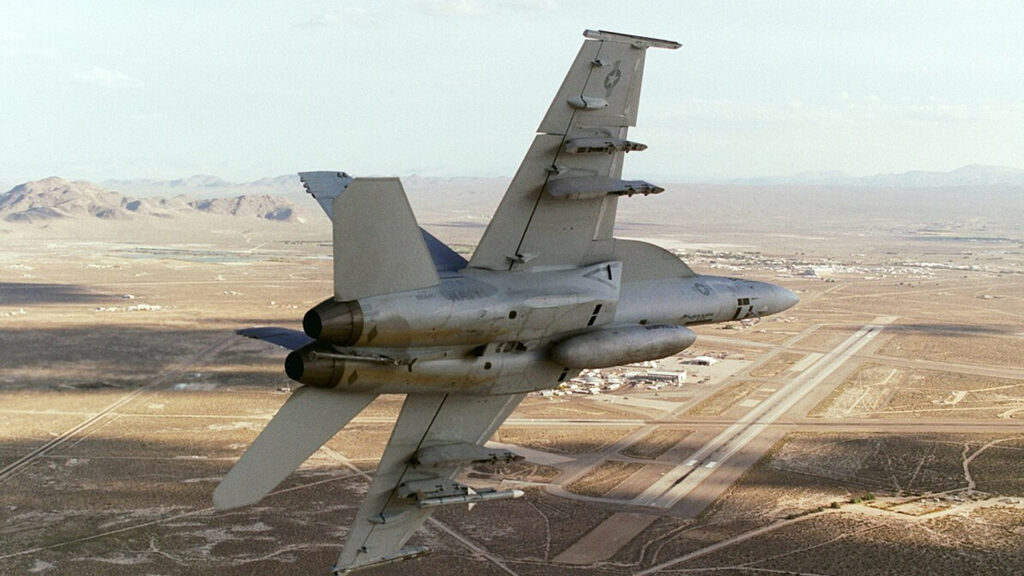
The Block III isn’t just about shiny new features—it’s built to last. Boeing extended the jet’s service life from 6,000 to 10,000 flight hours. That means more years in the sky before needing to be replaced, and fewer headaches for Navy budgets. Longevity matters when fleets are under pressure.
With these updates, the Navy doesn’t need to rush into full-scale replacement programs. They can get more out of each airframe, keep costs down, and roll out future tech at a sustainable pace. It’s a practical move with long-term benefits.
Versatility in Mission Profiles
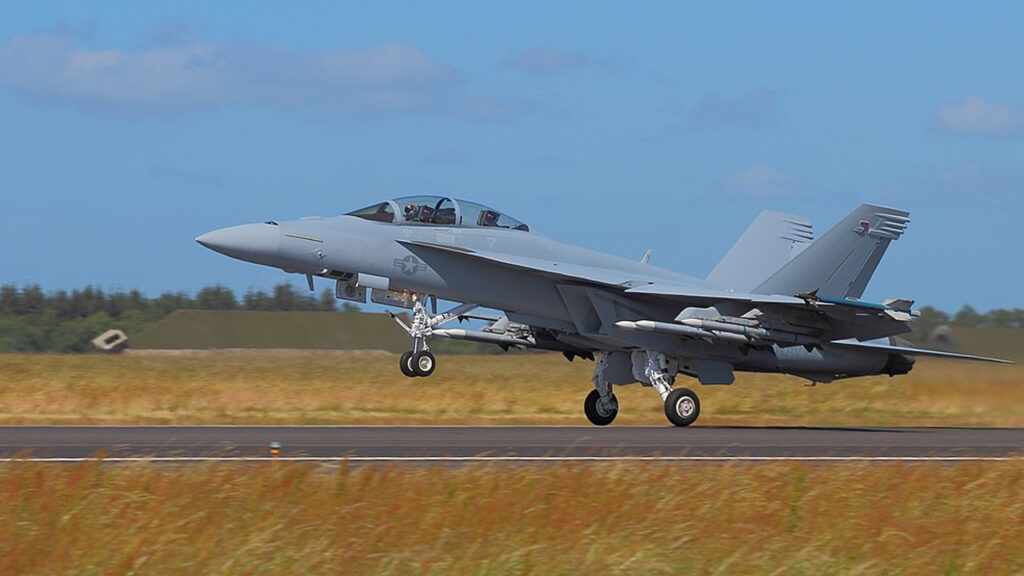
The F/A-18 Super Hornet Block III isn’t locked into one job. It’s equally solid handling air-to-air combat, ground attacks, reconnaissance, and close air support. It’s a true multi-role fighter with the gear and firepower to shift roles on the fly. That adaptability keeps it relevant across all kinds of operations. Boeing highlights its mission flexibility as one of the aircraft’s biggest strengths.
Being able to plug into almost any mission type means fewer aircraft types needed overall. It simplifies logistics and lets carriers field fighters that can adjust fast to changing combat demands.
Global Adoption and Strategic Partnerships

The Block III isn’t just staying domestic. It’s gaining traction internationally, with countries like Australia already running Super Hornets in their air fleets. That shared tech builds tighter interoperability between allied forces and strengthens joint mission capabilities. Australia’s defense upgrades show just how valuable this jet is on the global stage.
Strategic alignment across air forces means smoother joint operations, coordinated training, and easier communication during multi-nation deployments. The Super Hornet’s widespread use is a strong sign of its reliability and relevance beyond U.S. borders.


